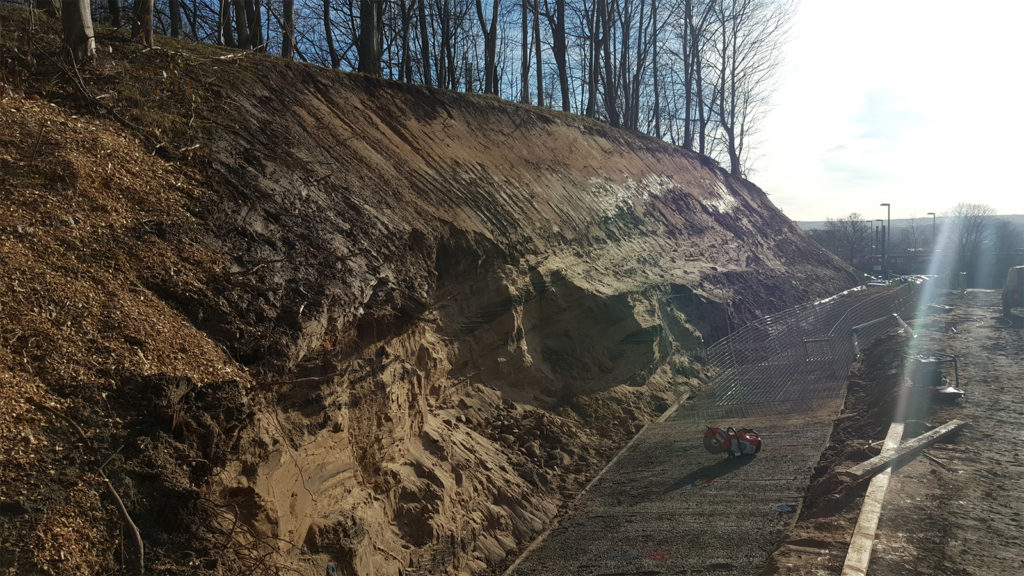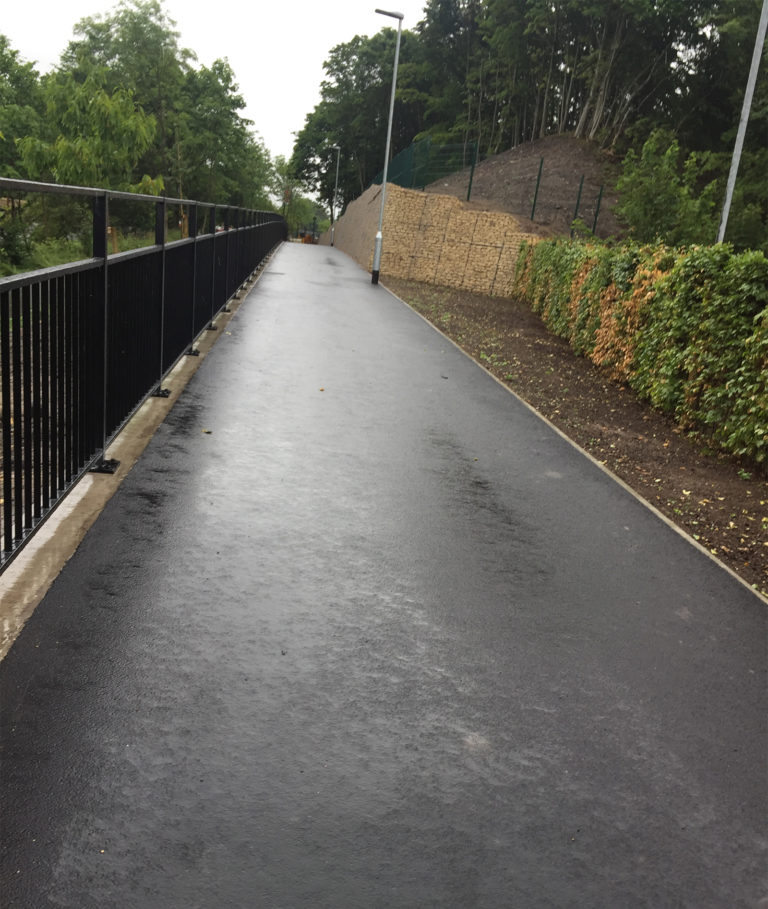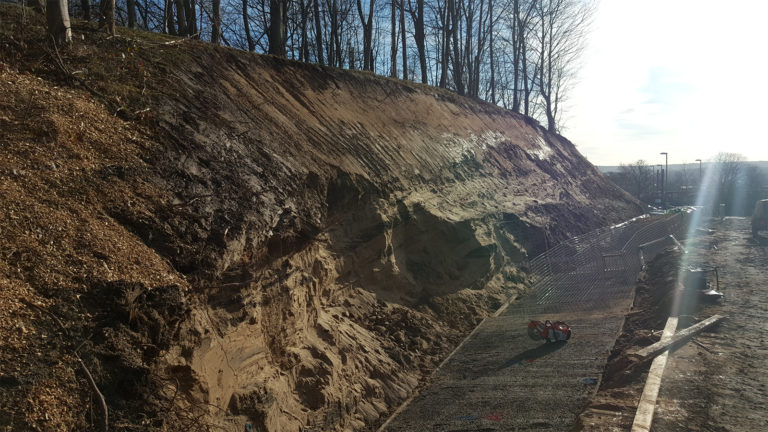
| CLIENT | PROJECT | ROLE | COMPLETION | VALUE |
|---|---|---|---|---|
| Durham County Council | Framwellgate Peth | NEC3 Project Manager and Site Supervisor | June 2017 | £0.83m |
Background
Durham County Council identified a need to improve the access to Durham Railway Station, which resulted in the proposal to create a new shared use pedestrian and cycle path running alongside the A691 Framwellgate Peth, from County Hall to the station. Including new pedestrian access to the station via steps just North of the railway bridge on Framwellgate Peth.
The work was jointly funded by Durham County Council and the North East Local Enterprise Partnership (LEP). Support has also provided from walking and cycling charity Sustrans, Virgin Trains East Coast and the North East Combined Authority.
Durham County Council wished to improve the access to Durham Railway Station providing a direct pedestrian access from A691 improving the accessibility to County Hall.
Project Description
Elvet Chartered Surveyors worked closely with Durham County Council to prepare the tender documents to procure a Principal Contractor from their framework. Elvet were also appointed as the NEC3 Project Manager and Site Supervisor, with the councils inhouse design team providing design support.
The development consisted of the construction of two cycle paths between Durham Railway Station and the A691 Framwellgate Peth. The A691 comprises a dual carriageway which runs through the centre of the site. One link, on the northern side of the A691, is a new cycleway and the other, located on the southern side of the road, which upgraded an existing footpath. The cycle links were constructed across sloping ground and supported by retaining structures. Construction of the cycleway link required substantial cut and fill earthworks and the installation of two retaining walls.
Hall Construction was appointed as the Principal Contract to deliver the works.
Project Benefits
Due the proximity of the train station to the works extensive risk mitigation measures were undertaken prior and after the main contractor had been appointed to trace all utilities that if disturbed would have had a significant impact upon the station operation. Unfortunately, despite extensive surveys an unknown live secondary gas supply buried within tree roots to the former scrap metal site was disturbed during the earthworks for the new retaining structure, which caused a temporary closure of the station whilst the gas was capped. Thankfully, the gas was capped within hours of the gas leak, and the train station was able to begin operations the same day.
Elvet worked closely with the project team to review the existing designs to remove the risk of disturbing any additional unforeseen utility connections during the works. After reviewing the risks and financial costs it was agreed by all parties to remove the sheet piling that formed part of the original design and substitute it with gabion baskets. Due to the location of the works situated within a conservation area carefully consideration was required when reviewing the design changes with the involvement of the local conservation officer critical to allow the scheme to proceed.
The project main objective was to improve access to the train station to encourage people to work in the city, shop in the city and enjoy days out to visit the many attractions that the city has to offer. The combination of cycle lane within new footpath is to promote people to cycle and use more sustainable rail travel rather than the car.
Conclusion
Although there was a significant redesign that changed the retaining wall structure to remove the risks associated with the groundworks the effective management of the compensation events resulted in the scheme being delivered within the budget constraints.
 Award-winning Chartered Quantity Surveyors and RICS Chartered Building Surveyors. T: +44 (0) 191 7166768
Award-winning Chartered Quantity Surveyors and RICS Chartered Building Surveyors. T: +44 (0) 191 7166768 




